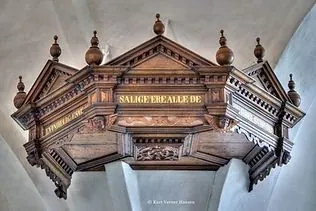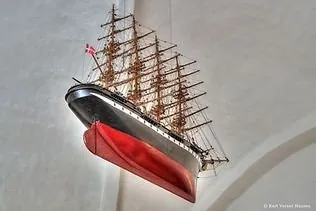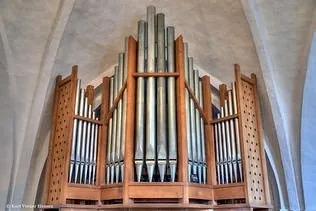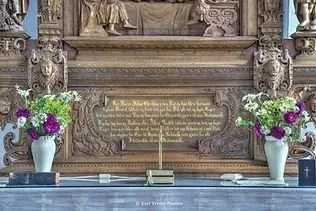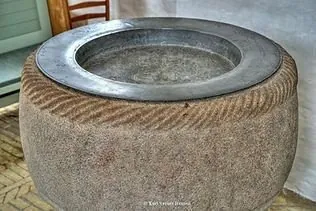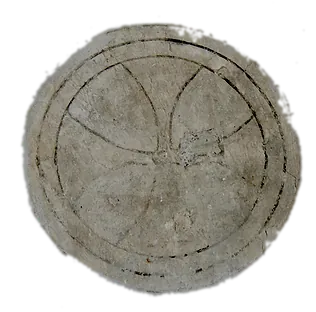Vig Church
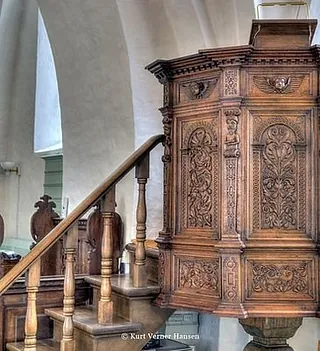
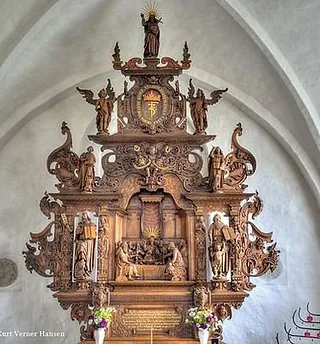
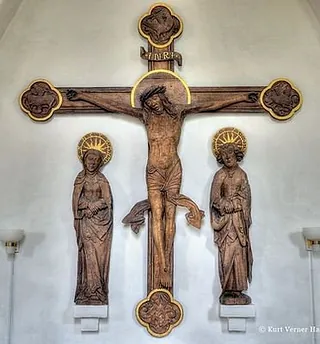
Vig Church is in Romanesque style
(in England: Norman)
The church consists of a nave from the 11th century, where there originally was built a chancel, which however, at the beginning of the 12th century, already was torn down and replaced by a new one. The present chancel dates back from the end of the 12th century and was rebuilt at the end of the 14th century. The vaults, too, date back from the 14th century.
The original building materials were raw cleaved fieldstones supplemented by hardpan in the windows. The oldest extension is supposed to be the porch on the north side (now the mortuary), followed by the vestry on the north side, both dating from the second half of the 14th century.
The tower, west of the nave in its present appearance, dates back from the 1490’s, after which quite a low tower was heightened, which may have already been erected in 1350-1400.
The building materials are bricks upon a foundation layer of fieldstones, a material also sporadically used in the brickwork itself. The vestry on the south side seems to be the latest extension, from 1500-1550.
The altarpiece, with the year 1650 painted on it, has been made in the workshop of Lorenz Jørgensen. The middle field that is sunk into the altarpiece, shows to the spectator, the Lord’s Supper with freecarved figures, which is usual of this workshop.
Christ, sitting behind the table, is highlighted by a halo of rays; in the foreground to the right, we see Judas with the moneybag.At the sides, there are figures openly standing representing the evangelists: St. Mark with the lion (to the north) and St. Matthew with the angel (to the south). On the cornice over the side areas, we find smaller figures of the last two evangelists: St. Luke with the ox (to the north) and St. John with the eagle (to the south).
The middle area breaks the cornice and we find one of the well known angels of the workshop holding coats of arms with scrolls written in relief capitals: “H (r) Christopher vrne” and F(ru) Sophia Lindenow”. He was vassal of Dragsholm 1645-58, compare also the relief carved, crowned royal monogram “F 3” in the top area framed by a scroll on which the year painted.
The altarpiece, which was painted in 1927 to look like oak wood, now appears in raw wood with later golden inscriptions.
The Communion table consists of a wooden dado from 1895 to some degree imitating the panels of the chair of the parish clerk.
The font , is Romanesque style. Made of granite. The foot has been carved separately from a more coarse-grained stone than the reddish basin.The dish of baptism with the engraved year of 1630, has on the bottom been engraved with the representation of the baptism of Jesus, which was already very wiped out in 1918.
The chair of the parish clerk , from the middle of the 16th century like the altar piece from the workshop of Lorenz Jørgensen and one of the few well known chairs from here. It is uncertain what function the chair of the parish clerk had originally.
The crucifix of the chancelvault , with the crucified Christ dates from abt. 1525. On the horizontal arm of the cross the ox of St. Luke and the lion of St. Mark are seen, on the vertical arm the eagle of St. John at the top and the angel of St. Matthew at the bottom. The two sidefigures are Mary and John.
The pulpit from the last decades of the 15th century, may have been standing here as a lectern pulpit (reading desk). A dado or gangway is known from photos and descriptions from 1918.
In 1923 the pulpit was sunk and moved closer to the window to its present place.
Frescoes . On the gablewall of the chancel and on the northwall, east of the door of the vestry there are three crosses of consecration in the shape of a wheelcross, brought to light 1943-44.
The design is as usual engraved by means of a compass, but the lines are just like the colours (ochre, black) only poorly preserved.
At the time of the restoration 1943-44 traces of frescoes were brought to light on the walls of the chancel and the nave, in both areas older than the building of the vaults in the 14 th.century
NB: By the hymn book shelf in the church you will find a more detailed illustrated description and analysis of the history and furnishings of Vig Kirke (Vig Church).
The vestry of Vig
